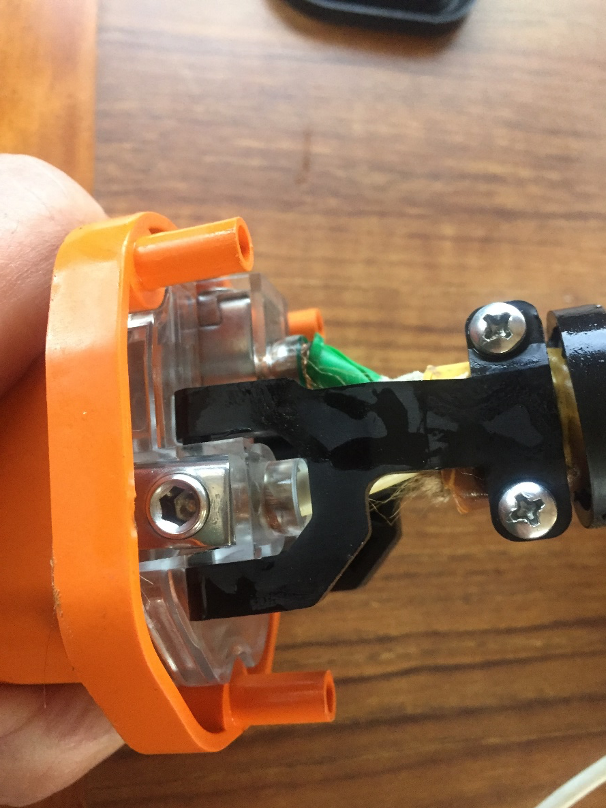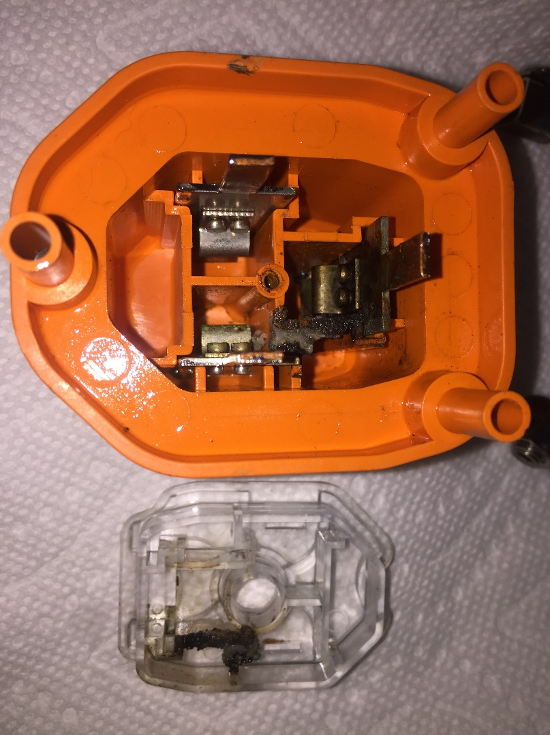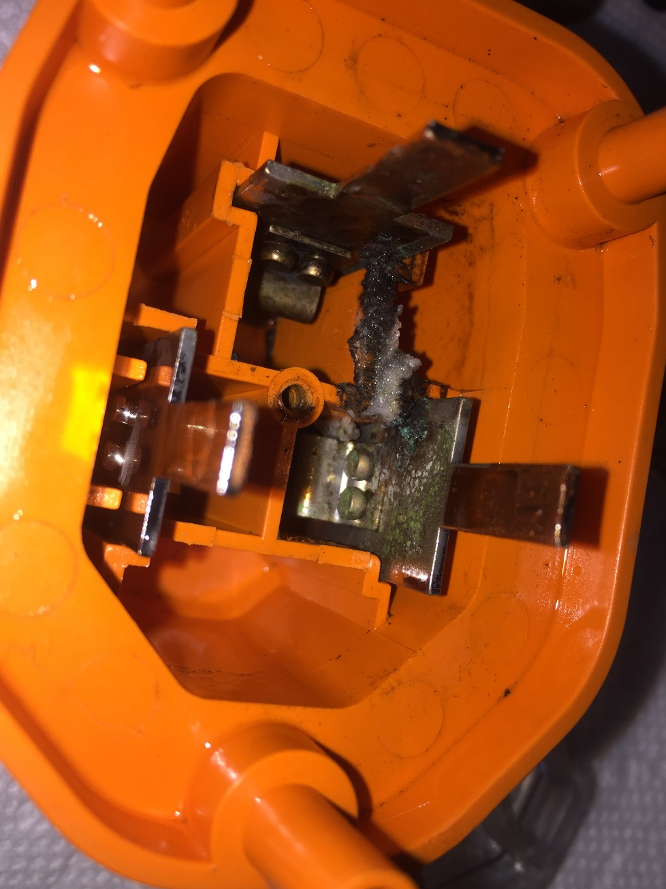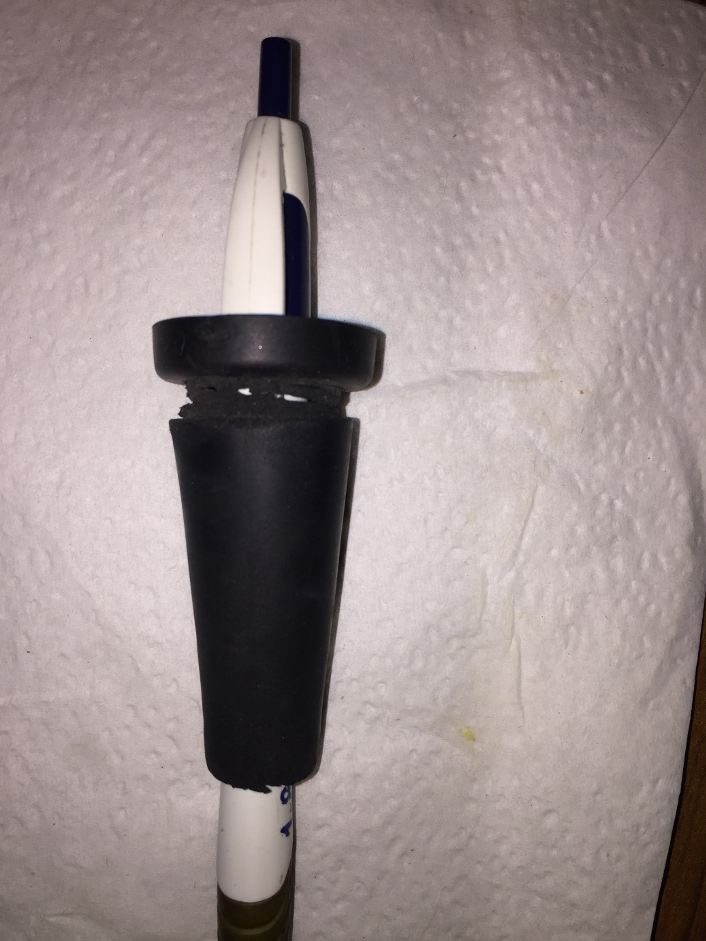Replacement Shore Power Cord Ends
By Tom Hale
Back in July 2016 I replaced my power cable plug at the hull inlet end, because the fitting was running at 20 degrees above ambient when under heavy load. Following the plug replacement, we had visited a great many marinas with the new Ground Fault Protection (GFP) circuit interrupters, and our boat, Tadhana, never tripped a GFP device. A couple years later we moored at a private dock in Annapolis for the month of September, using the same single ten-year old 30-amp power cord that I’d replaced the end on. During our month in Annapolis it had rained over seven inches and we used both air-conditioning and heat, regularly drawing up to 15 or 20 amps for short periods of time. The next month, we plugged into a private dock in North Carolina. The dock and wiring had been submerged in Hurricane Florence and so it had been rebuilt, and as required by code, included a GFP device. We tripped the breaker when we plugged in. After numerous attempts to figure out why the breaker was tripping, after all Tadhana has always tested clean, we borrowed our host’s power cord. Their cord worked fine.
I suspected that the OEM molded shore end of the cord might have a problem, but I believed the relatively new hull-inlet end of the cord could not be a problem. I put my ohm meter on the Marinco prongs, and sure enough there was a connection between the hot and green grounding conductor. Not a direct short, but certainly a fault. A visual inspection did not indicate a badly overheated plug.
The more I thought about it the more I recalled the Rule #1 of boat repair. If something is broken, if something does not work, what is the last thing you fixed? I decided to disassemble the replacement cord end I’d installed a couple years earlier. What I found was surprising, almost shocking. First of all, there was a surprising amount of water inside the device as I started to take it apart. Not really any accumulated water in a puddle, but water on every surface. But more importantly there was a light patina of corrosion on some of the surfaces. Clearly salt air was getting into the connector. What was most alarming was an accumulation of debris, no doubt salt, between two of the blades. There was a bridge of salt, built up between the hot blade and the ground blade. This salt track formed a conductive path which tripped the GFP.
The cord has never been dropped in the saltwater and stays plugged into the hull all the time. I am pretty sure that the water got in at the strain relief sleeve at the plug fitting. I thought I’d share this with other Helmsman Trawlers owner because I found that any of the replacement cord ends are not as watertight/weathertight as a factory molded plug end. Whether you are using a Smart Plug or a standard 30-amp plug, a replacement end fitting is not watertight and it should be monitored.






